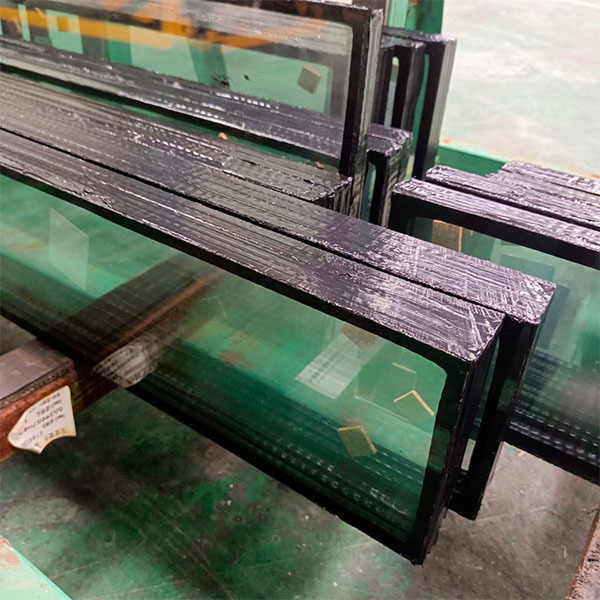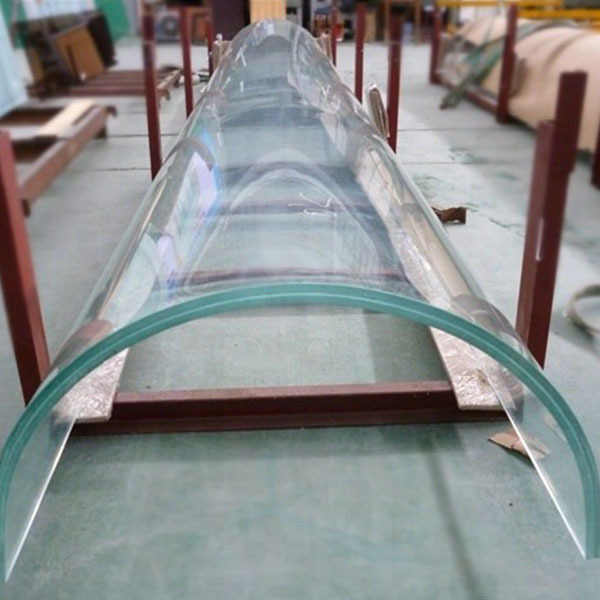Understanding Tempered Glass: Benefits and Applications in Construction
Release Time:
2025-10-03
Tempered glass, also known as toughened glass, is a type of safety glass that has been treated to increase its strength compared to normal glass. The manufacturing process involves heating the glass to high temperatures and then rapidly cooling it. This thermal treatment enhances its durability and resistance to impact, making it a popular choice in various architectural applications. One of the m
Tempered glass, also known as toughened glass, is a type of safety glass that has been treated to increase its strength compared to normal glass. The manufacturing process involves heating the glass to high temperatures and then rapidly cooling it. This thermal treatment enhances its durability and resistance to impact, making it a popular choice in various architectural applications.
One of the most significant benefits of tempered glass is its safety features. When broken, it shatters into small, blunt pieces instead of sharp shards that can cause serious injuries. This characteristic is particularly important in settings where human safety is a concern, such as in commercial buildings, homes, and public places. Additionally, tempered glass can withstand higher temperatures, making it suitable for use in environments with fluctuations in heat.
In the construction and decorative materials industry, tempered glass is widely utilized for several applications. It is commonly used in windows, shower doors, and glass facades due to its strength and aesthetic appeal. The visual clarity and transparency of tempered glass allow for natural light to flood into spaces while providing a safe and comfortable environment. Furthermore, it can be manufactured in a variety of finishes, including frosted, tinted, or reflective, catering to diverse design preferences.
Another notable application is in the production of glass tables and countertops. Tempered glass surfaces not only enhance the visual appeal of interiors but also provide a durable surface that can resist scratches and heat. This makes it ideal for household environments, especially in kitchens and dining areas.
Moreover, tempered glass is increasingly being used in modern architectural designs, where large glass panels and open spaces create a sense of lightness and connectivity with the outside world. Its structural integrity allows for expansive designs that would be challenging with standard glass. Architects and designers appreciate tempered glass for its versatility, as it can be custom-cut to fit specific project requirements while maintaining high safety standards.
In summary, tempered glass is an essential material in the construction and decorative materials sector, combining aesthetic beauty with practicality. Its superior strength, safety features, and versatility make it a favored choice for various applications, from residential buildings to commercial spaces. Understanding the properties and benefits of tempered glass can help stakeholders make informed decisions when selecting materials for their projects, ensuring both safety and style in their designs.
One of the most significant benefits of tempered glass is its safety features. When broken, it shatters into small, blunt pieces instead of sharp shards that can cause serious injuries. This characteristic is particularly important in settings where human safety is a concern, such as in commercial buildings, homes, and public places. Additionally, tempered glass can withstand higher temperatures, making it suitable for use in environments with fluctuations in heat.
In the construction and decorative materials industry, tempered glass is widely utilized for several applications. It is commonly used in windows, shower doors, and glass facades due to its strength and aesthetic appeal. The visual clarity and transparency of tempered glass allow for natural light to flood into spaces while providing a safe and comfortable environment. Furthermore, it can be manufactured in a variety of finishes, including frosted, tinted, or reflective, catering to diverse design preferences.
Another notable application is in the production of glass tables and countertops. Tempered glass surfaces not only enhance the visual appeal of interiors but also provide a durable surface that can resist scratches and heat. This makes it ideal for household environments, especially in kitchens and dining areas.
Moreover, tempered glass is increasingly being used in modern architectural designs, where large glass panels and open spaces create a sense of lightness and connectivity with the outside world. Its structural integrity allows for expansive designs that would be challenging with standard glass. Architects and designers appreciate tempered glass for its versatility, as it can be custom-cut to fit specific project requirements while maintaining high safety standards.
In summary, tempered glass is an essential material in the construction and decorative materials sector, combining aesthetic beauty with practicality. Its superior strength, safety features, and versatility make it a favored choice for various applications, from residential buildings to commercial spaces. Understanding the properties and benefits of tempered glass can help stakeholders make informed decisions when selecting materials for their projects, ensuring both safety and style in their designs.



